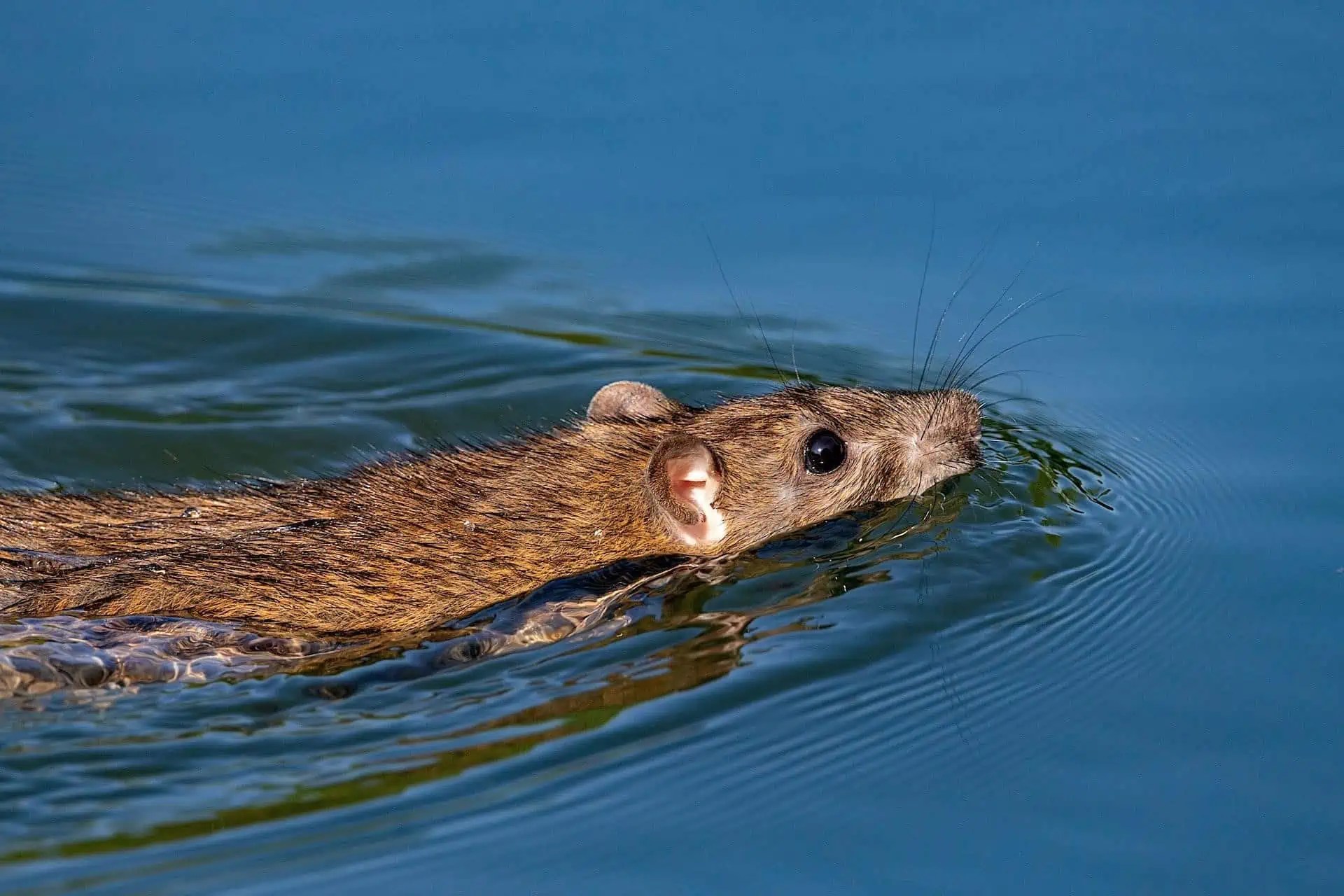Rats are fascinating creatures, known for their adaptability and resilience in various environments. Understanding how long rats can hold their breath is not just an interesting trivia but also offers insights into their physiology and survival strategies in the wild. In this article, we will delve into the science behind rats' ability to hold their breath, explore the factors that influence this ability, and discuss the implications for their behavior and habitat. Whether you're a pet owner, a researcher, or just curious about these remarkable animals, this information will be valuable.
Rats, specifically the common brown rat (Rattus norvegicus), have evolved to thrive in urban and rural settings alike. Their respiratory adaptations allow them to survive in environments where oxygen levels may fluctuate. This article will cover various aspects of rat physiology, including their lung capacity, adaptations for underwater survival, and comparisons with other species.
As we explore this topic, we will also address common misconceptions about rats and their breathing abilities, providing you with a comprehensive understanding of how these animals engage with their environment. So, let's dive into the world of rats and discover how long they can truly hold their breath!
Table of Contents
- Rat Breathing Physiology
- Lung Capacity of Rats
- Factors Influencing Breath-Holding Ability
- Adaptations for Survival: Underwater Skills
- Comparison with Other Animals
- Implications for Behavior and Habitat
- Common Misconceptions About Rats
- Conclusion
Rat Breathing Physiology
Rats possess a complex respiratory system that enables them to efficiently exchange gases. Their lungs are adapted to maximize oxygen intake and carbon dioxide expulsion. Unlike humans, rats have a higher respiratory rate, which allows them to take in more air in a shorter period.
Rats can breathe through their mouths and noses, but they primarily rely on nasal breathing. This adaptation is crucial for detecting scents, which aids in foraging and avoiding predators.
Lung Capacity of Rats
The lung capacity of rats varies depending on factors such as their size and age. On average, a rat's lung capacity ranges from 20 to 30 milliliters. This capacity plays a significant role in determining how long they can hold their breath.
When submerged in water, rats can take a deep breath before diving, utilizing their lung capacity to its fullest. This ability allows them to remain underwater for extended periods.
Factors Influencing Breath-Holding Ability
Several factors influence how long rats can hold their breath:
- Age: Younger rats tend to have more energy and higher metabolic rates, allowing them to hold their breath longer.
- Health: Healthy rats with no respiratory issues can hold their breath for extended periods compared to those with health problems.
- Environmental Conditions: Temperature and oxygen levels in their surroundings can significantly impact their breath-holding ability.
Adaptations for Survival: Underwater Skills
Rats are known to be exceptional swimmers. Their bodies are streamlined, and they have strong limbs that propel them through the water. In the wild, they may need to swim across rivers or navigate through flooded areas.
Rats can hold their breath for approximately 2 to 3 minutes when submerged, depending on the individual and environmental conditions. This ability is crucial for escaping predators and finding food sources.
Comparison with Other Animals
When comparing rats to other animals, their breath-holding abilities are noteworthy. For example:
- Dogs: Generally can hold their breath for about 30 seconds, which is significantly less than rats.
- Humans: On average, humans can hold their breath for 1 to 2 minutes, depending on training and individual fitness levels.
- Fish: Naturally, fish can remain underwater indefinitely, but they rely on gills for oxygen exchange.
Implications for Behavior and Habitat
The ability of rats to hold their breath has several implications for their behavior and habitat. Their swimming ability allows them to inhabit a variety of environments, from urban areas with sewers to rural settings with streams and ponds.
Additionally, their breath-holding skills enable them to evade predators and access food sources that may be submerged or difficult to reach.
Common Misconceptions About Rats
Despite their adaptability, rats often face negative stereotypes. Here are some common misconceptions:
- Rats are dirty: While they can be carriers of disease, rats groom themselves regularly and can be clean animals when kept in proper conditions.
- Rats are aggressive: In general, rats are social creatures and avoid confrontation unless threatened.
- All rats are harmful: Many species of rats serve ecological roles, such as seed dispersers and prey for other animals.
Conclusion
In summary, rats can hold their breath for approximately 2 to 3 minutes, a remarkable ability that aids in their survival. Understanding how long rats can hold their breath provides insights into their physiology, behavior, and adaptations in diverse environments. If you're interested in learning more about these incredible creatures or have a personal experience with rats, feel free to leave a comment below!
Thank you for reading! We hope you found this article informative and engaging. Don't forget to share it with fellow animal lovers and explore our other articles for more fascinating insights.
You Might Also Like
Luisa Madrigal Age: A Deep Dive Into The Character From EncantoLuisa Madrigal: The Strength Behind The Family In Disney's Encanto
Understanding The 9 19 Meaning: A Deep Dive Into Its Significance
Can Rats Hold Their Breath? Understanding The Aquatic Abilities Of Rodents
Eve Biography: The Life And Career Of A Trailblazing Artist
Article Recommendations
- Kyle Baugher
- Desmond Doss
- Samantha Sloyan Partner
- Desmond Doss
- Candidteensnet
- Archie And Lilibet Photos 2024
- Daisy Melanin Origin
- Folake Olowofoyeku Relationships
- Adrianne Padalecki
- Whitney Houston Brother Michael Died


